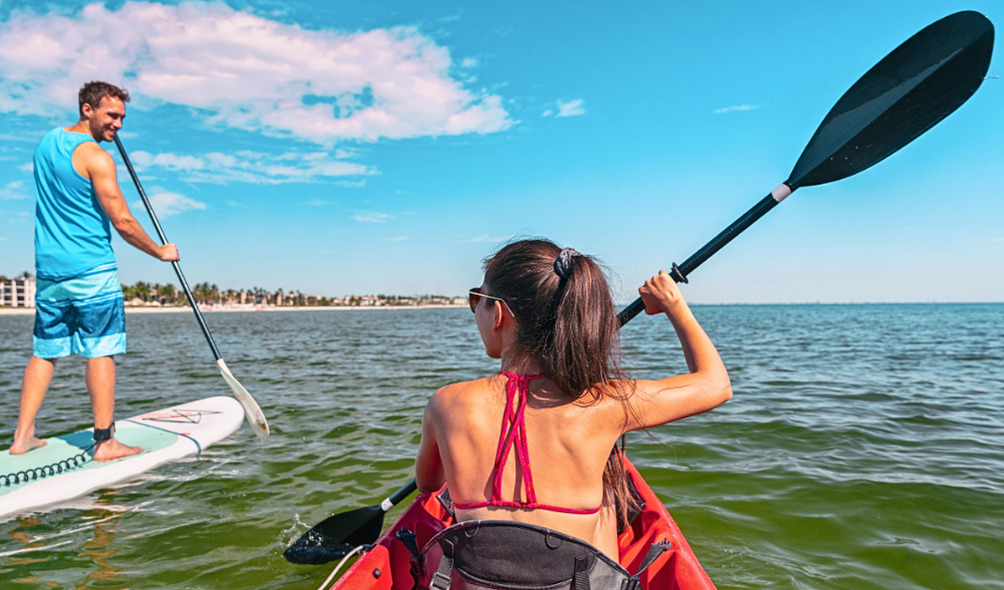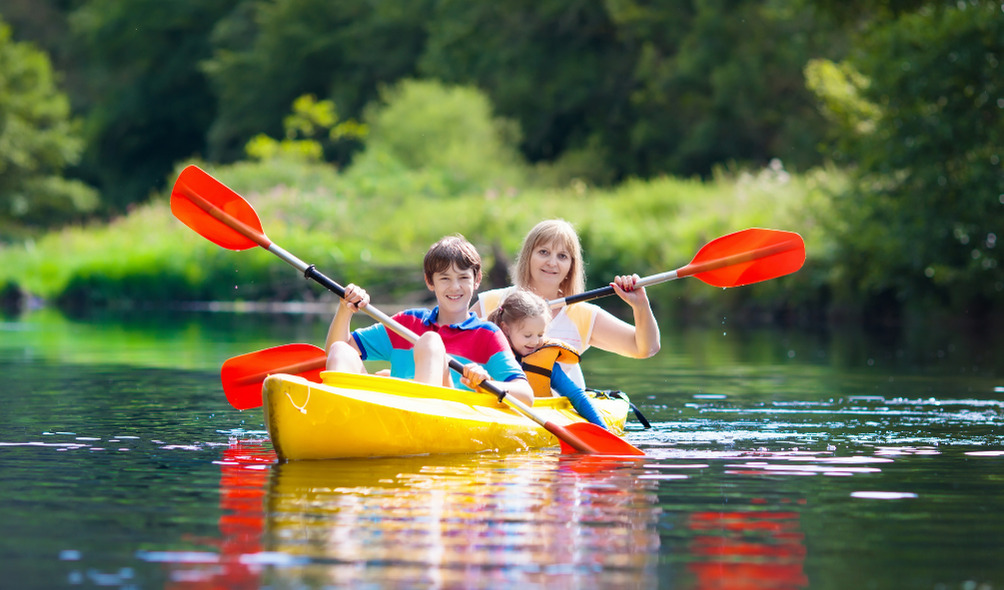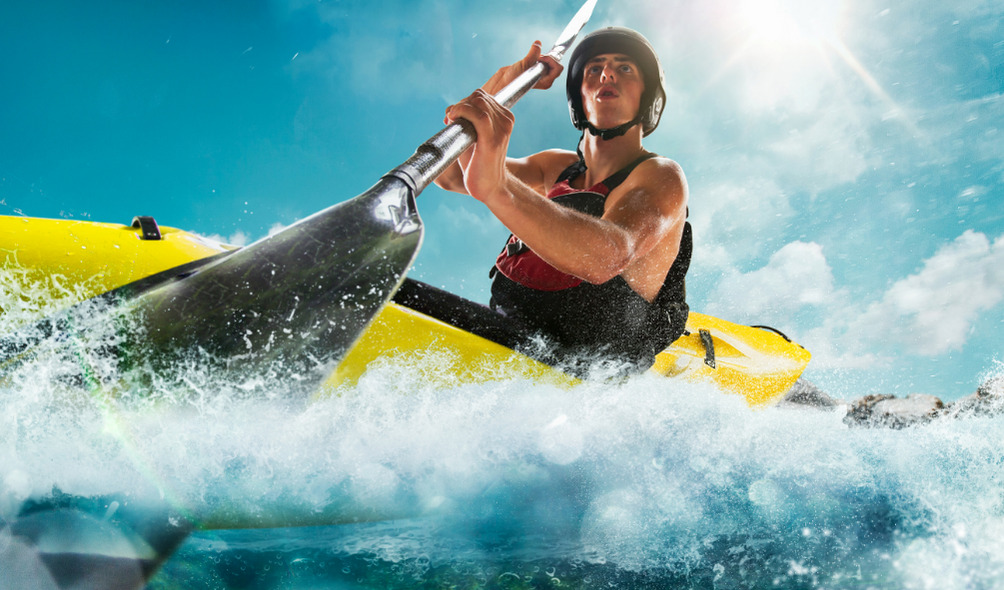How Hard is Kayaking? Understanding The Difficulty Level 2023
Have you been wondering how hard is kayaking? Are you considering trying it out for the first time but worried about the level of difficulty? Look no further!
Kayaking can be a thrilling and exciting activity, but for beginners, it can be intimidating. One of the biggest concerns for those new to kayaking is how hard it will be. The answer? It depends. The difficulty of kayaking can vary based on a number of factors, such as the type of water you’re kayaking on, the length of your trip, and your own physical fitness level.
In this guide, we’ll take a closer look at the factors that determine the difficulty level of kayaking and provide some tips for beginners to make the experience as smooth and enjoyable as possible.
How Hard is Kayaking? Factors that Determine the Difficulty Level

Are you interested in how hard Kayaking can be? The answer depends on several factors. Understanding these factors can help you determine the difficulty of kayaking.
Factors that determine the difficulty of Kayaking include:
Physical Fitness and Kayaking

Physical fitness is an important part of kayaking, as Kayaking through water currents, waves, and winds requires a certain amount of strength and endurance. The older you are, the easier it is to steer the kayak and avoid muscle fatigue or injuries.
You can add exercises like cardio, strength training, and stretching to Kayaking to improve your fitness. Cardio exercises such as running, cycling, or swimming can improve your stamina and endurance. Strength training such as push-ups, pull-ups, and weight lifting can help build the muscles needed for Kayaking, such as the back, shoulders, and arms. Stretching exercises can improve your flexibility, which makes steering the kayak easier.
It is important to start at your own pace and gradually increase your fitness. You can also consult a fitness or kayaking instructor for personal advice on improving your kayaking ability.
Tips for Beginner Kayakers

If you’re new to paying, the following tips will help you get started on the right foot.
Building Your Kayaking Skills

Once you have developed basic Kayaking skills, it is time to start developing your skills for more challenging Kayaking conditions. Here are some tips to improve your Kayaking skills:
FAQ’s
Is kayaking easy for beginners?
Paddling can be easy or difficult for beginners, depending on a number of factors, such as the type of water, kayak model, and paddling technique. With the right guidance and practice, anyone can learn to paddle and enjoy it.
Is kayaking very difficult?
kayaking can be difficult, especially for beginners who are unfamiliar with the sport. But with time and practice, kayaking can become easier and more enjoyable.
Do kayaks tip over easily?
Kayaks can capsize if not paddled correctly or if there is a strong wind or current. However, most kayaks are designed to be stable and easy to use in calm water.
How long can a beginner kayak?
The duration of a beginner’s kayak varies depending on the person’s physical condition and water conditions. A beginner can kayak from 30 minutes to a few hours, depending on their comfort level.
Is kayaking exhausting?
Paddling can be exhausting if the paddler is not physically fit or if they are paddling in rough water conditions. However, with proper technique and fitness, kayaking can be a low-impact, enjoyable exercise.
Does kayaking take a lot of strength?
kayaking requires upper body strength and endurance but is not too strenuous. More important than raw power is the kayaking technique and good kayaking form.
Conclusion
Kayaking can be a challenging activity, but it doesn’t have to be scary. With the right preparation and approach, everyone can enjoy the excitement and adventure of paddling, regardless of experience level.
By taking the time to understand the factors that determine paddling difficulty, develop your form, and practice your skills, you have a good chance of becoming a confident and capable kayaker.

